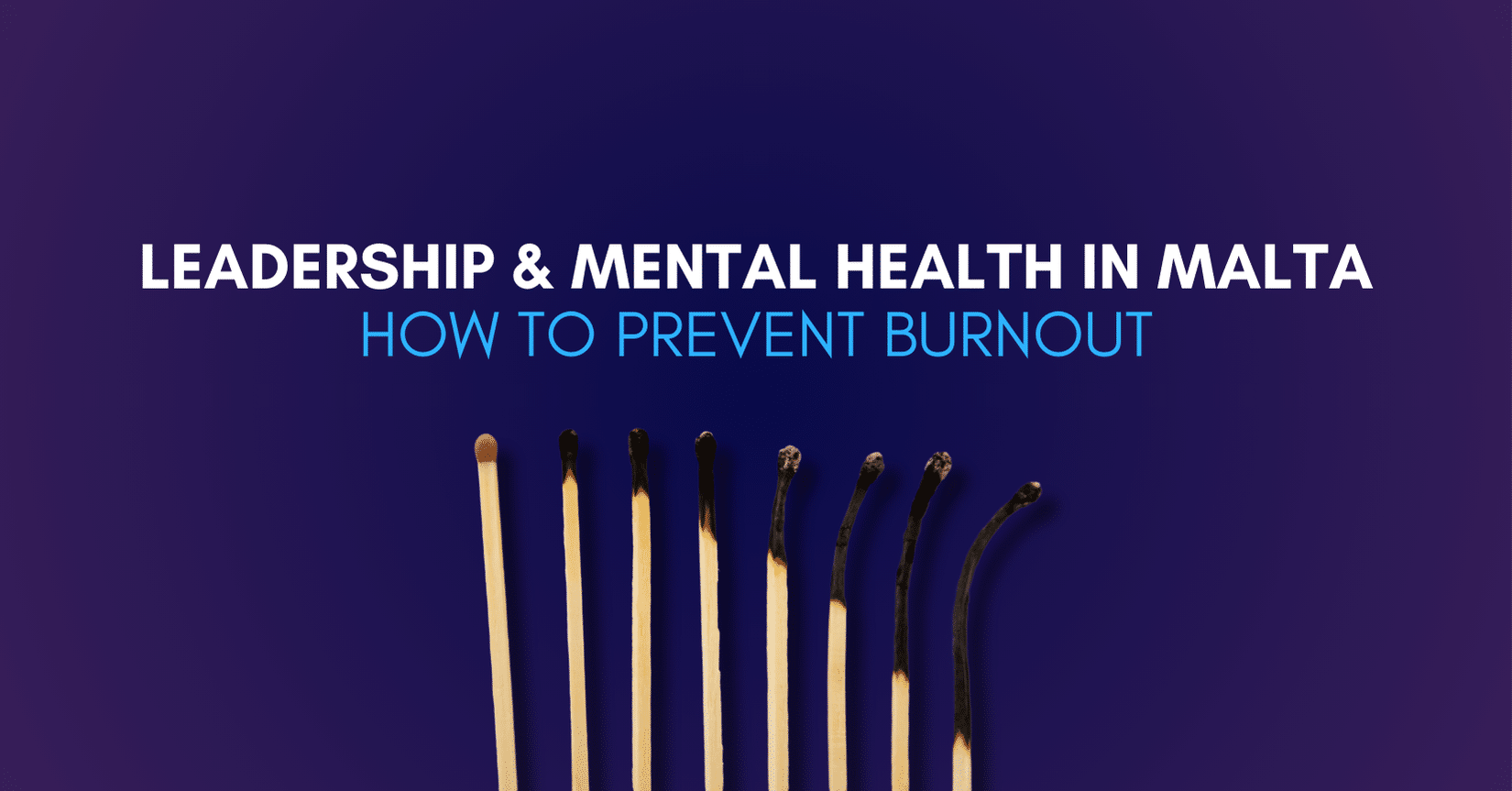Related blog posts.
 Employee Retention
Employee Retention
Build Their Future, Keep Their Talent
Join Centrecom and experience a workplace built on growth, support, and opportunity. We’re here to build your future—and keep your...
More Employee Retention
Employee Retention
Discover Life at Centrecom – We Support, We Have Fun, We Work Together
Discover Life at Centrecom and Join our Team! At Centrecom, we’re always on the lookout for passionate individuals to join...
More Employee Retention
Employee Retention
Why a Contact Centre Job Could Be Your Perfect Career Move
A contact centre job like Centrecom's offers growth, valuable skills, flexibility, and fulfillment—making it the perfect move for a rewarding...
More

